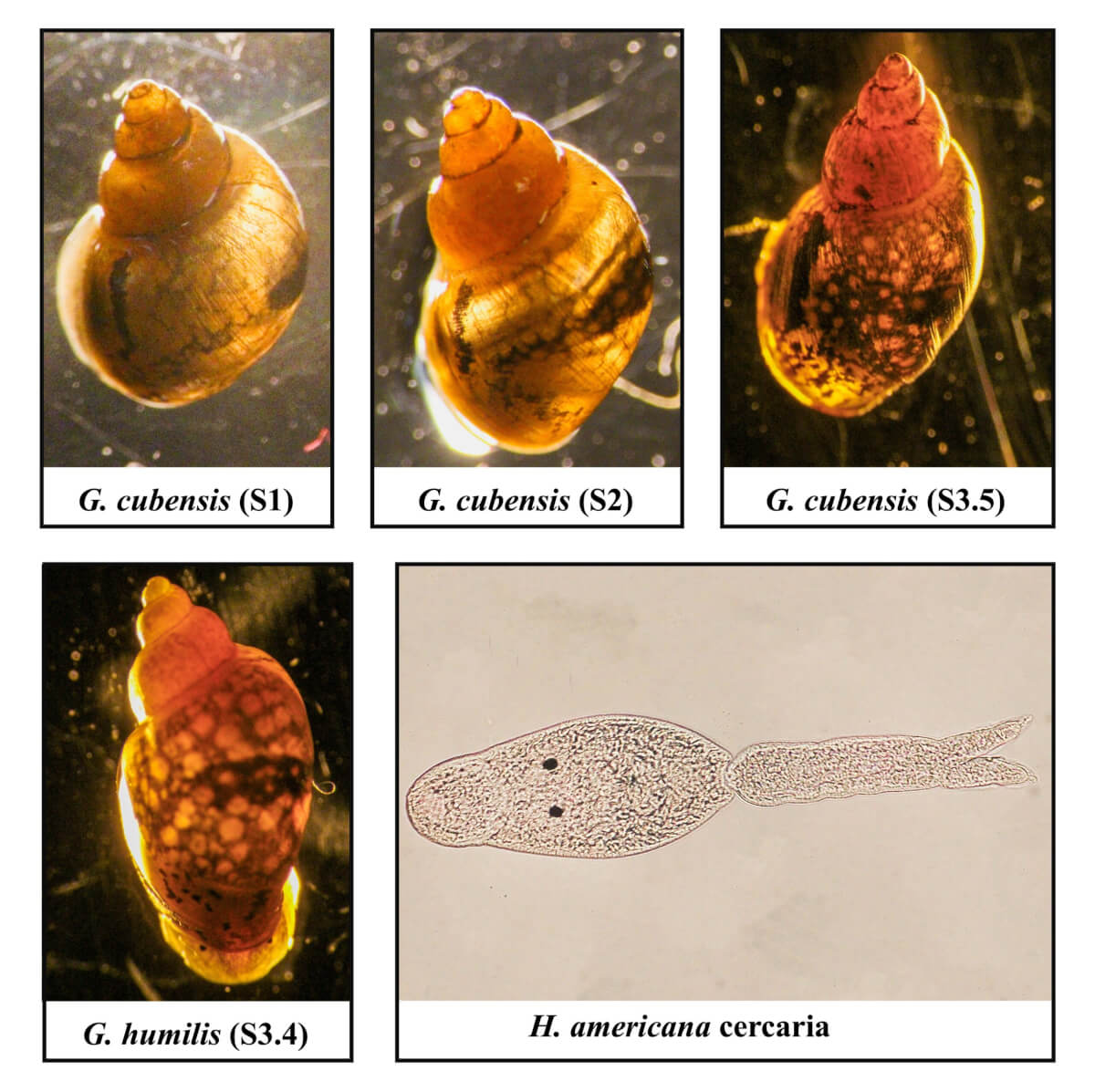🔑 Key Findings:
- Researchers discovered Heterobilharzia americana in the Colorado River for the first time.
- The parasite spread from snails and seek out mammals to infect.
- Infections can be fatal to dogs but don’t cause disease in people.
RIVERSIDE, Calif. — Scientists from the University of California-Riverside have confirmed for the first time ever the presence of a potentially fatal dog parasite in a section of the Colorado River that runs through California.
The parasite, Heterobilharzia americana, is a flatworm usually referred to as liver fluke. Up until now, it had almost exclusively been found in Texas and other Gulf Coast states. This is the first time it has ever been discovered so far west. Unfortunately, the worm is capable of causing canine schistosomiasis, an illness that harms the liver and intestines of dogs.
“Dogs can die from this infection, so we are hoping to raise public awareness that it’s there,” says UCR nematology professor Adler Dillman in a media release. “If you’re swimming in the Colorado River with them, your pets are in peril.”
After learning about cases of the infection among local dogs, Prof. Dillman put together a research team and went to Blythe, a border town east of Joshua Tree National Park in Riverside County. All of the sick dogs spent time swimming in the nearby river.
The infection itself is spread by the presence of a snail that transmits the worm. Researchers gathered over 2,000 snails from the banks of the river. Their latest report details how study authors utilized DNA to confirm the identity of both the snails and the flatworm.
“We actually found two species of snails that can support H. americana in the river in Blythe, and we found both snails actively shedding this worm,” Prof. Dillman adds. “Not only was it a surprise to find H. americana, we also did not know that the snails were present here.”

After transforming itself from within a snail, the worm ventures out with one main goal: finding a mammal to infect. During this stage, it can only survive on its own for roughly 24 hours. Infection occurs when a dog or a raccoon happens to be in the water, or drinking.
“It gets into the veins of the intestinal lining, and that’s where it develops into an adult and mates,” Prof. Dillman explains. “The presence of the adults in the veins isn’t the problem. It’s the eggs that get into the lungs, spleen, liver, and heart. The immune system tries to deal with it, and hard clusters of immune cells called granulomas form. Eventually the organ tissues stop functioning.”
After the infection, several months can pass by before the most intense symptoms appear. Since 2019, a total of 11 dogs in California across three counties have had the disease – one of those dogs died. Health officials are hopeful that increasing local awareness will help prevent further infections and deaths.
“Symptoms start gradually with a loss of appetite, and eventually include vomiting, diarrhea, profound weight loss, and signs of liver disease. If your dog has these symptoms after swimming in the Colorado River, it’s a good precaution to ask your veterinarian for a simple fecal test,” explains Emily Beeler, a veterinarian with the Los Angeles County Department of Public Health.
“Treatment typically involves use of multiple medications and close monitoring of the dog by a veterinarian.”
It is key to note that H. americana is not capable of causing disease among humans.
“It can cause swimmer’s itch, a red rash where it penetrates human skin. But it’s not able to cause infection,” Prof. Dillman clarifies.
Moreover, Prof. Dillman hopes to dissuade concerns the parasite may be contaminating urban drinking water.
“Compared to other pathogens these worms are fairly large. They can easily be filtered out with common water purification strategies,” the researcher explains.
Still, while there is no cause for concern about contamination of water sources, drinking the water directly remains inadvisable.
“You have viruses, bacteria, and other parasites such as Giardia in rivers,” Prof. Dillman concludes. “Nobody should be drinking straight out of the river, and that has nothing to do with this particular parasite.”
The study is published in the journal Pathogens.

When clutter gets the best of me, it really bothers me and I feel overwhelmed because I know it will take a long time to declutter. So I tell myself “You don’t have to tackle it now, but each time you come into this room you have to put five or six objects away.” Before too long I begin to see improvements and then I become motivated to clean/organize the space. By this time I have made a dent in the mess and it doesn’t seem like such a daunting task! Works every time!